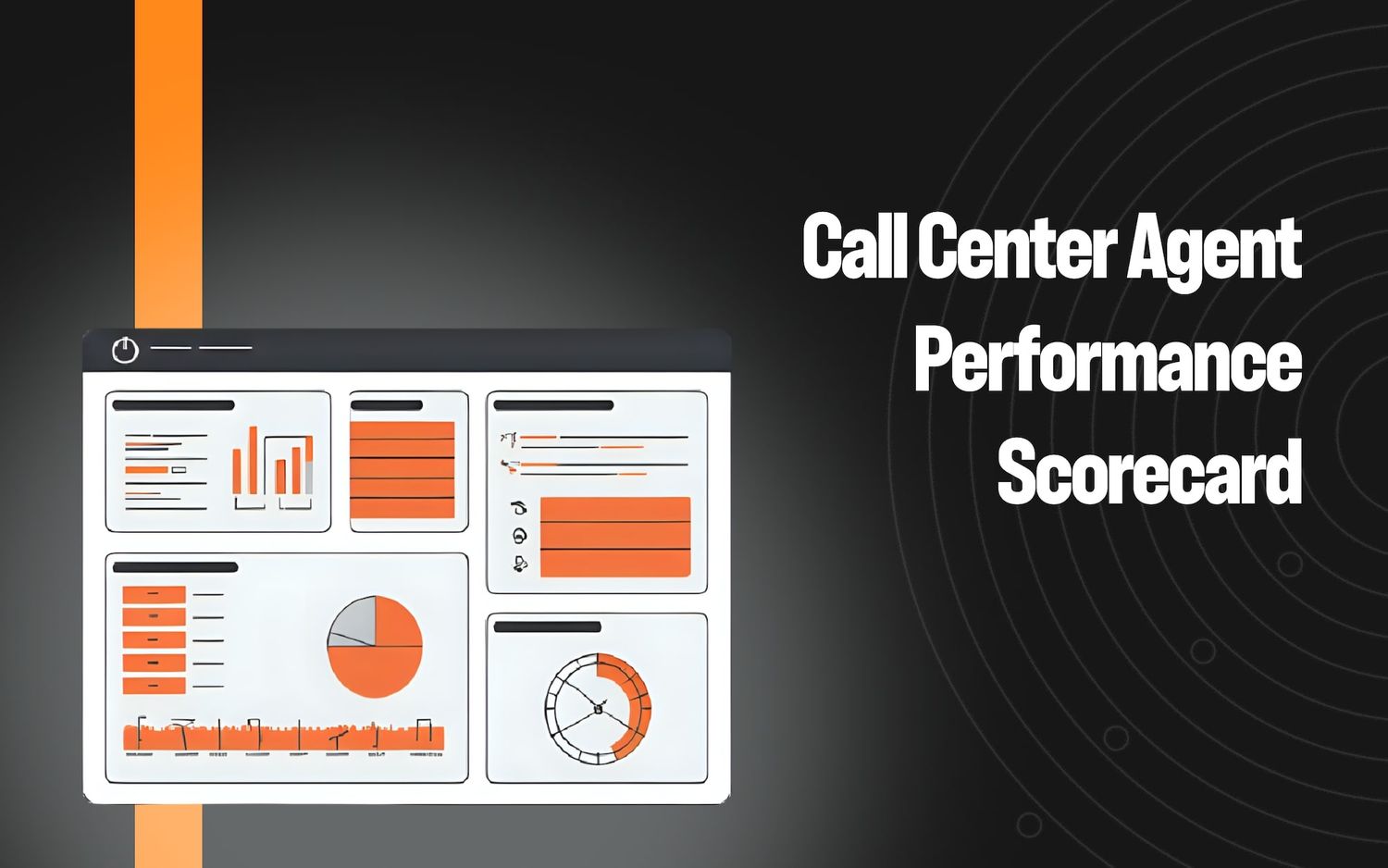Best Practices for QA Scorecards in Customer Service for Collections Industry


Quality assurance scorecards are essential tools for any customer service team in the collections industry. They allow managers to track agent performance, identify areas for improvement, and ensure compliance with regulations and company policies. However, designing effective scorecards can be challenging. In this article, we will discuss some best practices for designing quality assurance scorecards that will help you improve customer service and drive better results.
1. Define clear and specific criteria
The first step in designing a quality assurance scorecard is to define clear and specific criteria that agents will be evaluated on. This includes metrics such as call quality, customer satisfaction, compliance, and productivity. Each metric should be broken down into specific behaviors and actions that agents should be taking during interactions with customers.
2. Align scorecard criteria with business objectives
It’s important to ensure that the criteria on your scorecard align with your business objectives. For example, if your goal is to increase customer retention, your scorecard should focus on metrics such as first call resolution and customer satisfaction. If your goal is to increase collections, your scorecard should focus on metrics such as call effectiveness and payment commitment rate.
3. Involve agents in the design process
Involving agents in the design process can help ensure that the scorecard is fair and accurate. Agents can provide valuable feedback on what metrics are most important and what behaviors should be evaluated. This can also help improve agent buy-in and engagement, as they will feel more invested in the process.
4. Keep the scorecard simple
It’s important to keep the scorecard simple and easy to understand. Agents should be able to quickly see how they are performing and what areas they need to improve on. Avoid using too many metrics or complex scoring systems, as this can be overwhelming and confusing for agents.
5. Use a consistent scoring system
To ensure consistency in scoring, use a standardized system that is applied consistently across all agents. This can be a simple point-based system or a more complex grading system. Whatever system you choose, make sure it is clear and easy to understand.
6. Provide feedback and coaching
Quality assurance scorecards are only effective if they are used to provide feedback and coaching to agents. Managers should use scorecards as a tool to identify areas for improvement and provide constructive feedback to agents. Coaching sessions should be conducted regularly and should focus on specific actions agents can take to improve their performance.
7. Use data to drive continuous improvement
Finally, use data from the scorecard to drive continuous improvement. Analyze the data to identify trends and patterns, and use this information to make changes to the scorecard criteria or coaching process. This will help ensure that your scorecard is always evolving and improving, and that your customer service team is delivering the best possible service.
In conclusion, designing effective quality assurance scorecards for customer service teams in the collections industry requires a thoughtful and strategic approach. By following these best practices, you can create a scorecard that drives better results and improves customer satisfaction.
Keep reading
View all





